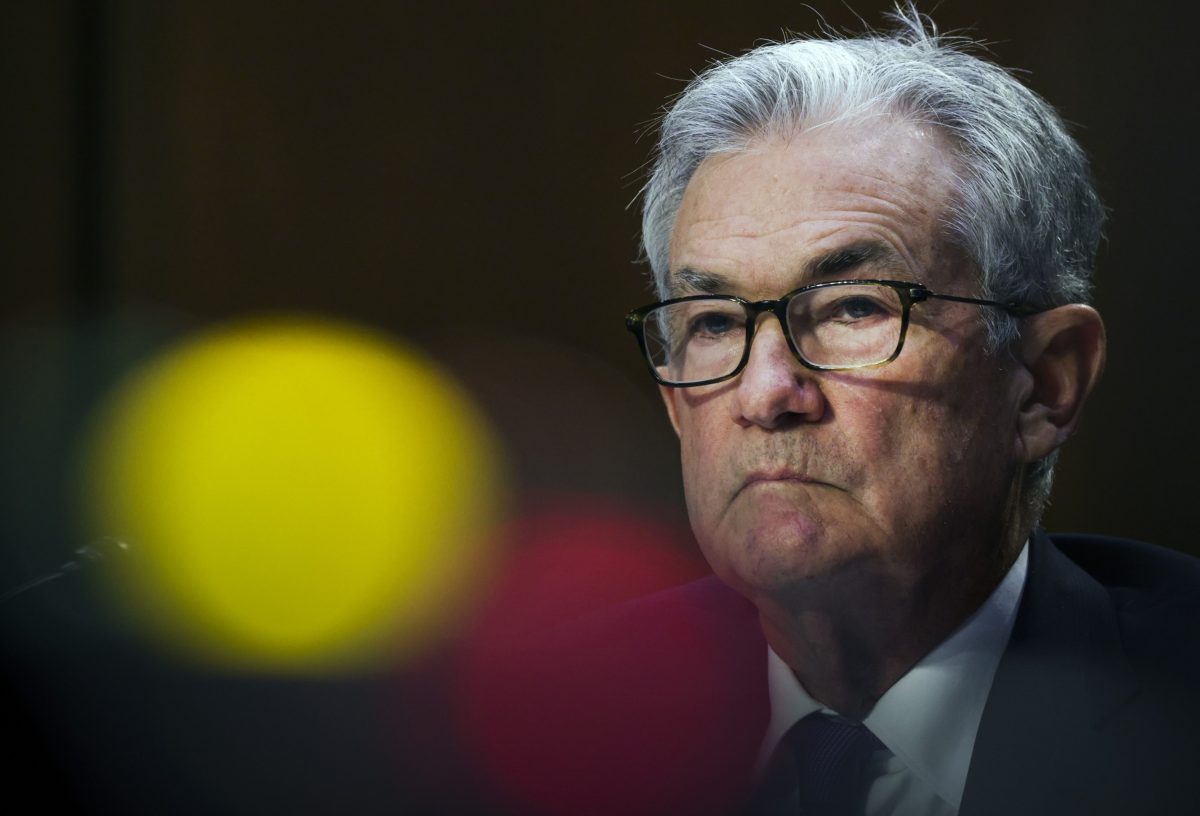President Donald Trump said that he "protested" U.S. interest rates that he considers too high relative to other developed countries in a meeting on Monday with Federal Reserve Chairman Jerome Powell.
Powell met with Trump and Treasury Secretary Steven Mnuchin at the White House residence in the morning at the president's request to discuss the economy. It was the second face-to-face encounter this year between Trump and Powell amid the president's relentless criticism of the U.S. central bank.
Powell's comments "were consistent with his remarks at his congressional hearings last week," the Fed said in a statement released after the meeting, pointing out that the gathering was at the president's invitation.
Trump, who has made his economic record the centerpiece of his bid for re-election next year, has maintained a drumbeat of attacks on the Fed for not easing monetary policy faster or deeper.
His barbs, including an August tweet asking "Who is our bigger enemy, Jay Powell or Chairman Xi?"—referring to China's president—have shattered a decades-long White House tradition of avoiding public comment on monetary policy out of respect for the Fed's independence. In September, Trump called the central bankers "boneheads" for not slashing rates.
Powell "did not discuss his expectations for monetary policy, except to stress that the path of policy will depend entirely on incoming information that bears on the outlook for the economy," the Fed said.
The statement added that Fed policymakers will set policy "to support maximum employment and stable prices, and will make those decisions based solely on careful, objective, and non-political analysis."
Trump also tweeted that they'd had a "very good & cordial meeting" and had discussed a range of issues including "interest rates, negative interest, low inflation, easing, Dollar strength & its effect on manufacturing, trade with China, E.U. & others, etc." He followed that with another tweet late Monday night, referring to his "protesting" of rates.
The dollar dropped to a session low amid gains in the euro after the news hit that negative interest rates had been among their topics of conversation.
Powell last week called the U.S. economy a "star" performer and voiced solid confidence that its record expansion will stay on track. He and other Fed officials have consistently said that European or Japan-style negative interest rates would not be appropriate in the United States.
The chairman's remarks on the economy reinforced a sense that officials judge they have done enough to keep the economy on track after three rate cuts this year, and monetary policy is now on a prolonged hold as long as the outlook remains favorable.
Trump has publicly raged against Powell and the Fed for months, complaining about its rate increases during 2018 and continuing to pound the central bank this year, even as it has cut rates to keep a record U.S. expansion on track, as the president seeks to deflect blame for slowing growth that many have pinned on his trade war with China.

With less than a year until the 2020 vote, the world's largest economy has been generally holding up this year on resilient consumption. Gross domestic product (GDP) increased at a 1.9 percent annualized rate in the third quarter, though that was down from 2 percent in the second quarter and 3.1 percent in the opening three months of the year.
Powell had dinner with Trump in February, and the two have since spoken by telephone. Monday's get-together lasted about 30 minutes, according to a person familiar with the gathering.
Meetings between a president and the leader of the Federal Reserve are rare but not unprecedented. Former Fed chiefs including Alan Greenspan, Ben Bernanke, and Janet Yellen sat down from time to time with the president of the day, particularly during periods of economic stress.
The most recent presidential summoning of Powell, though, comes amid repeated public criticism by Trump of the Fed chair. Bloomberg reported at the end of last year that Trump had even discussed firing the man he picked to lead the central bank. That direct threat to Fed independence—an article of faith among investors in U.S. assets—contributed to already steep stock market losses that turned the month into the worst December for U.S. equities since the Great Depression.
In addition to public browbeating, the president also has the opportunity to pick people for the Fed's policy-setting committee. He chose four of the five current members of the Fed's Board of Governors in Washington, and two vacancies remain open. Despite announcing his intention to nominate several people for those jobs—most recently in July, when he named a supporter, Judy Shelton, and St. Louis Fed research chief Christopher Waller—Trump has yet to actually nominate either.
Recommended For You
–With assistance from Saleha Mohsin.
© 2025 ALM Global, LLC, All Rights Reserved. Request academic re-use from www.copyright.com. All other uses, submit a request to [email protected]. For more information visit Asset & Logo Licensing.




